|
|
|
My father was assigned to Shanghai from 1975 to 1977. He was to open the first Japanese Consulate there since the end of WWII. I took my grandparents to visit him in 1976. Mao Zedung had died just a few weeks before our visit and the whole country was in mourning. Many public buildings were closed including museums and historical places. On TV, they showed nothing but people crying and mourning.
|
_ds190811191509.jpg
Tomb of Lu Xun in Shanghai. Lu Xun (1881-1936) was a writer popular with leftist idealists.
 |
_ds190811191603.jpg
People gawking at us
 |
_ds190811191657.jpg
Pictures and signs memorializing the great leader Mao.
 |
_ds190811191751.jpg
 |
_ds190811192135.jpg
 |
_ds190811192231.jpg
Yuyuan Garden. Usually a popular and busy place is very quiet.
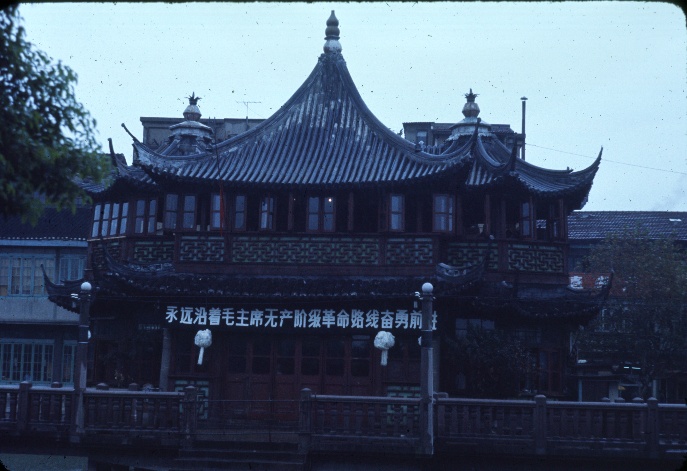 |
_ds190811192326.jpg
 |
_ds190811192549.jpg
 |
_ds190811192645.jpg
 |
_ds190811192740.jpg
 |
_ds190811192836.jpg
 |
_ds190811193153.jpg
 |
_ds190811193249.jpg
 |
_ds190811193344.jpg
 |
_ds190811193444.jpg
 |
_ds190811193754.jpg
 |
_ds190811193849.jpg
 |
_ds190811193945.jpg
 |
_ds190811194040.jpg
 |
_ds190811192041.jpg
Yangtze River from Peace Hotel, where the Japanese Consulate-General's office and the residence was.
 |
_ds190816141823.jpg
 |
_ds190816141917.jpg
 |
_ds190816151657.jpg
 |
_ds190816142011.jpg
View of the open space by the river where people gather to do Tai chi.
 |
_ds190816153100.jpg
In the morning, people gather to do Tai chi.
 |
_ds190816142121.jpg
 |
_ds190816142410.jpg
 |
_ds190816142504.jpg
 |
_ds190816142611.jpg
 |
_ds190816142705.jpg
 |
_ds190816143053.jpg
 |
_ds190816143243.jpg
 |
_ds190816143454.jpg
 |
_ds190816143643.jpg
Market
 |
_ds190816143549.jpg
 |
_ds190816143148.jpg
 |
_ds190816143738.jpg
 |
_ds190816144043.jpg
 |
_ds190816144136.jpg
 |
_ds190816144231.jpg
Pamda at Shanghai Zoo
 |
_ds190816144326.jpg
Goldfish in aquarium
 |
_ds190816144658.jpg
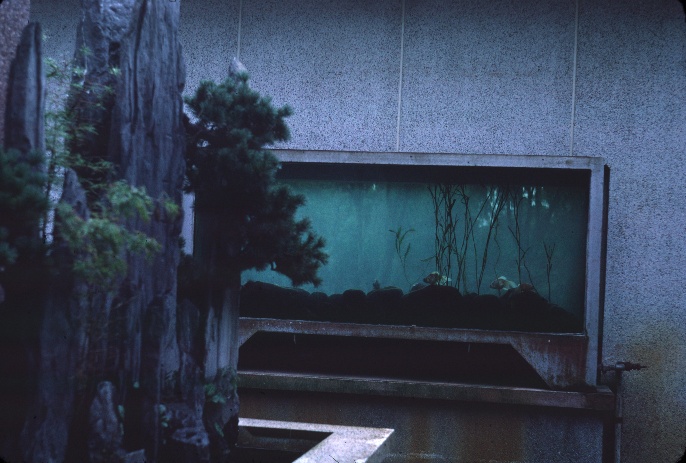 |
_ds190816144833.jpg
 |
_ds190816144928.jpg
 |
_ds190816145022.jpg
 |
_ds190816145422.jpg
 |
_ds190816145518.jpg
 |
_ds190816145613.jpg
 |
_ds190816145707.jpg
 |
_ds190816145942.jpg
The Bund - International Settlement - area where foreigners lived and did business before and during WWII.
 |
_ds190816150036.jpg
 |
_ds190816150130.jpg
 |
_ds190816150224.jpg
 |
_ds190816150522.jpg
 |
_ds190816150616.jpg
The Garden Bridge.
 |
_ds190816153410.jpg
 |
_ds190816150710.jpg
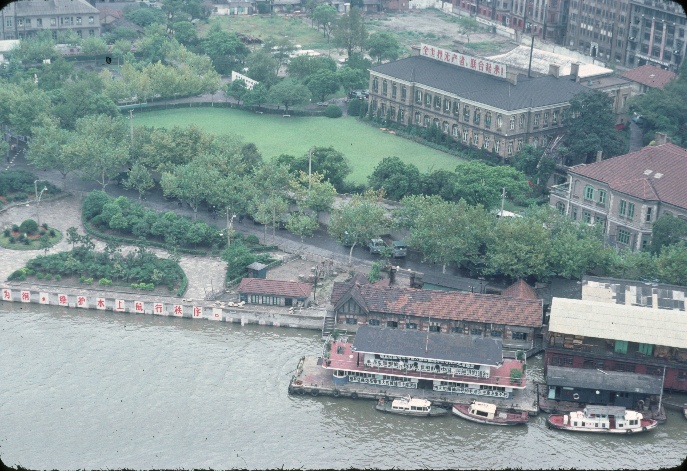 |
_ds190816150803.jpg
 |
_ds190816151024.jpg
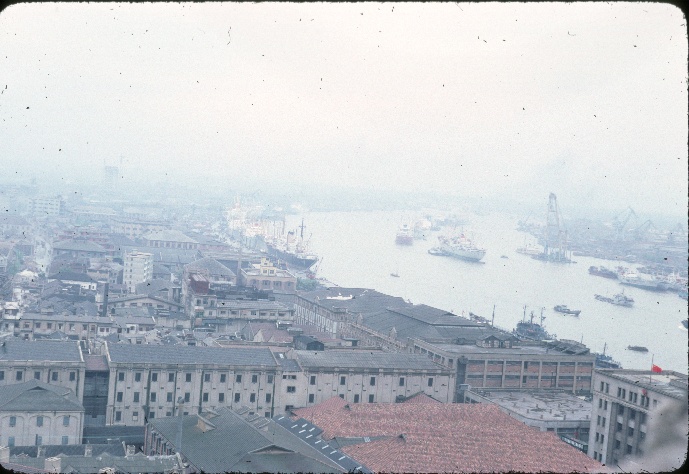 |
_ds190816151118.jpg
 |
_ds190816151212.jpg
 |
_ds190816151307.jpg
 |
_ds190816153317.jpg
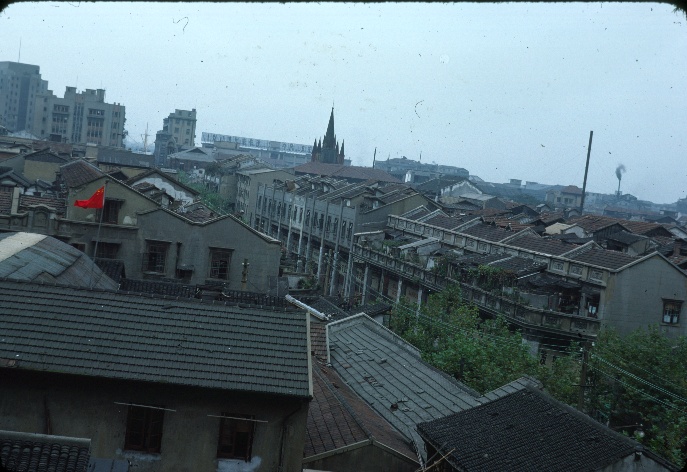 |
_ds190816151750.jpg
 |
_ds190816151846.jpg
Visit to the local co-operative.
 |
_ds190816152137.jpg
 |
_ds190816152441.jpg
 |
_ds190816152536.jpg
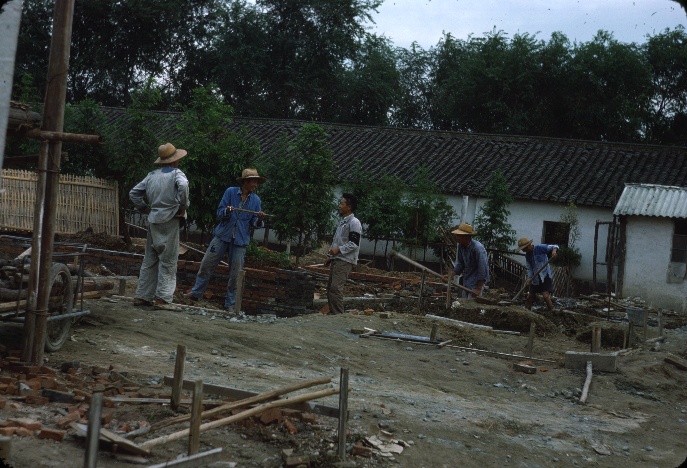 |
_ds190816152636.jpg
 |
_ds190816153506.jpg
 |
|
|
|
We took a train to Beijing. Beijing, the capital of China, had wide streets and imposing buildings. We were able to visit the Forbidden City, Summer Palace Imperial garden, the Great Wall of China, and the Imperial Tombs of Ming. The Chinese government provided us with a guide/translator who always accompanied us to also keep an eye on us.
|
_ds190816153851.jpg
Beijing station
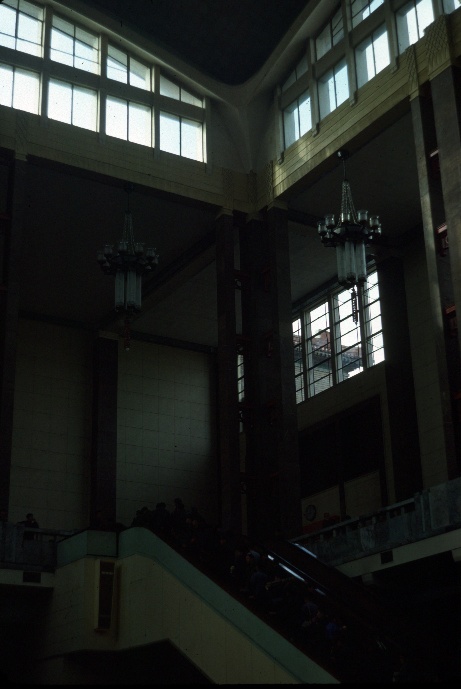 |
_ds190816153947.jpg
 |
_ds190816154250.jpg
Exterior of Beijing station
 |
_ds190816154345.jpg
 |
_ds190816154622.jpg
A stadium
 |
_ds190816154721.jpg
 |
_ds190816154831.jpg
 |
_ds190816154925.jpg
 |
_ds190816155149.jpg
 |
_ds190816155349.jpg
Yongan Temple white Pagoda
 |
_ds190816155442.jpg
Beihal Park
 |
_ds190816155718.jpg
 |
_ds190816155823.jpg
There was a large earthquake a few months before (The Great Tangshan Earthquake). Although quite far, some structures in Beijing were damaged and in reconstruction..
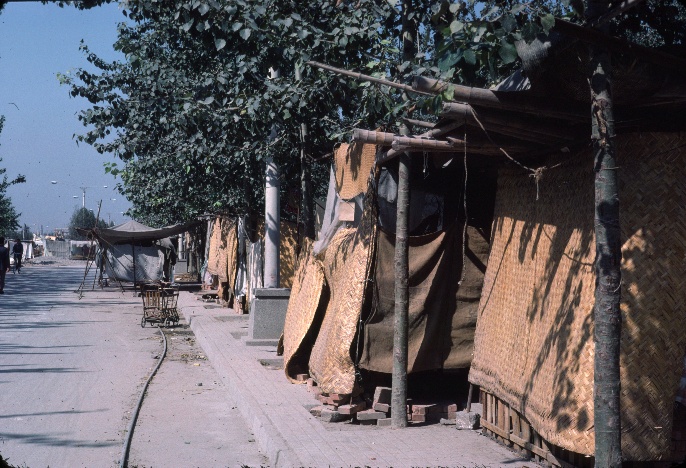 |
_ds190816155919.jpg
 |
_ds190816160017.jpg
 |
_ds190816160312.jpg
 |
_ds190816160405.jpg
A government building
 |
_ds190816160459.jpg
Tienanmen Square.
 |
_ds190816160553.jpg
 |
_ds190816160905.jpg
 |
_ds190816160959.jpg
The Great Hall of the People
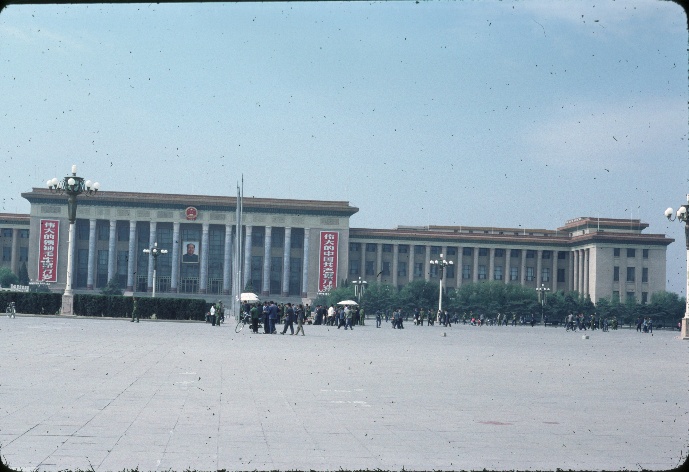 |
_ds190816161054.jpg
 |
_ds190816161148.jpg
Zhongnanhai, former Imperial Garden. It serves as the head quarters of the Chinese Communist Party.
 |
_ds190816161410.jpg
Beijing University
 |
_ds190816161505.jpg
Temple of Heaven
 |
_ds190816161559.jpg
 |
_ds190816161654.jpg
 |
_ds190816161923.jpg
 |
_ds190816162018.jpg
A market
 |
_ds190816162111.jpg
 |
_ds190816155255.jpg
Forbidden City Museum
 |
_ds190816162204.jpg
Plan of Forbidden City
 |
_ds190816162617.jpg
 |
_ds190816162722.jpg
Garden in Forbidden City
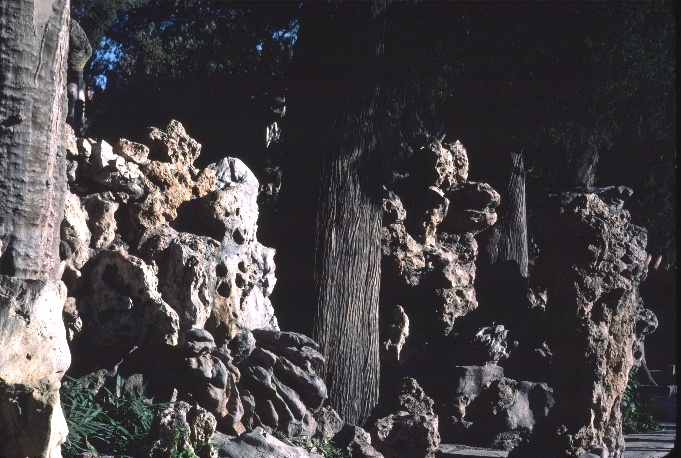 |
_ds190816162818.jpg
 |
_ds190816162912.jpg
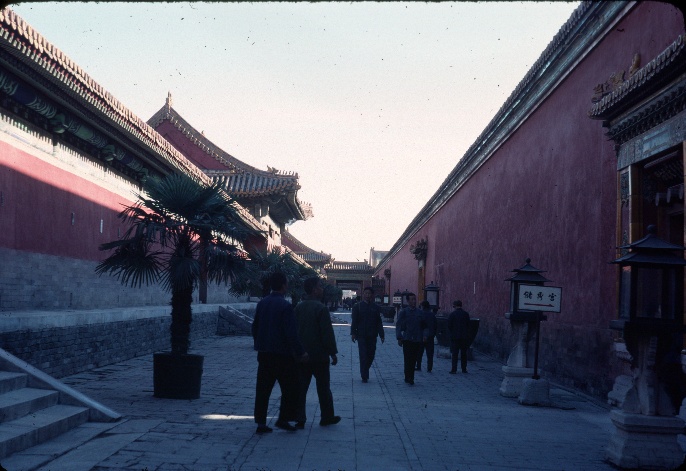 |
_ds190816163124.jpg
 |
_ds190816163216.jpg
 |
_ds190816163313.jpg
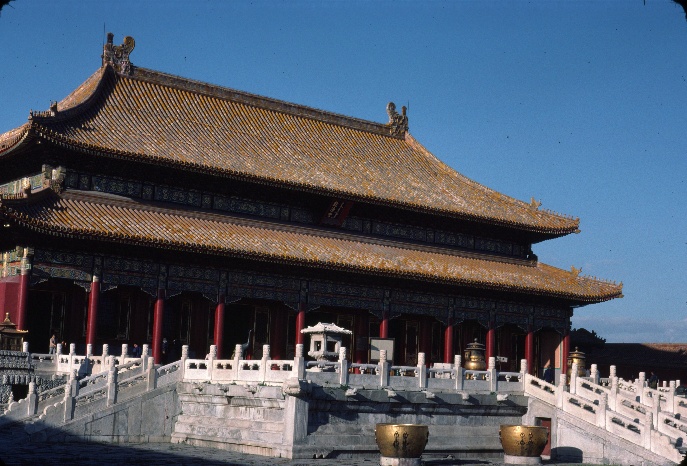 |
_ds190816163408.jpg
 |
_ds190816163656.jpg
Emperor's audience hall.
 |
_ds190816163751.jpg
 |
_ds190816163846.jpg
 |
_ds190816163941.jpg
 |
_ds190816164257.jpg
 |
_ds190816164350.jpg
 |
_ds190816164448.jpg
 |
_ds190816164547.jpg
 |
_ds190816164757.jpg
 |
_ds190816164852.jpg
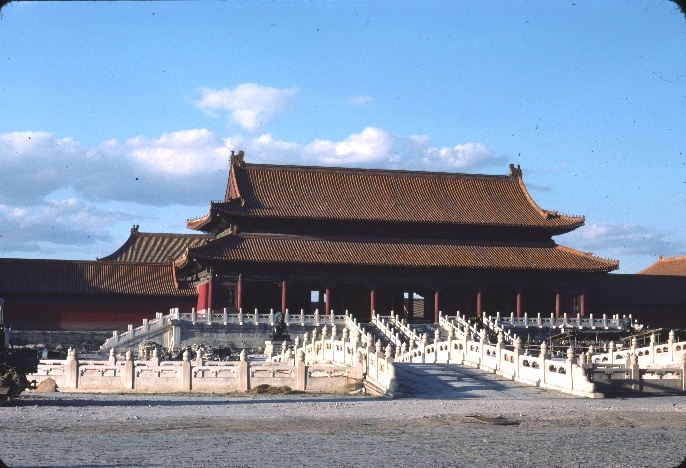 |
_ds190816164945.jpg
 |
_ds190816165040.jpg
 |
_ds190816165321.jpg
 |
_ds190816165416.jpg
 |
_ds190816165512.jpg
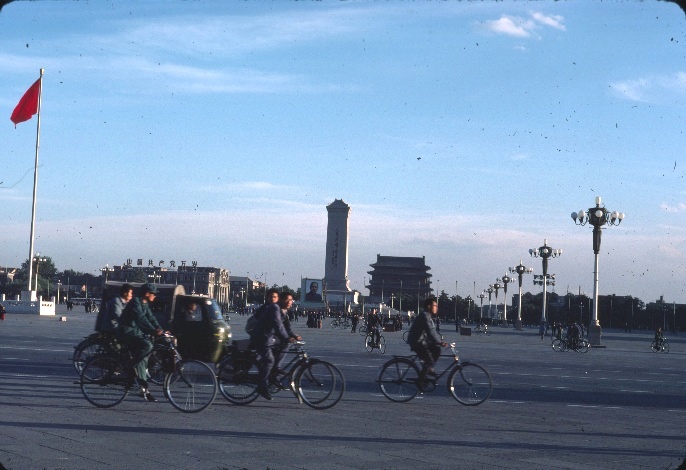 |
_ds190816170031.jpg
 |
|
|
|
Marco Polo Bridge. On July 7, 1937, the Marco Polo Bridge Incident (also known as July 7 Incident), a battle between the Japanese and the Chinese Army occured. The incident is generally regarded as the start of the Sino-Japanese War whichi lead to WWII.
|
_ds190816170131.jpg
 |
_ds190816170418.jpg
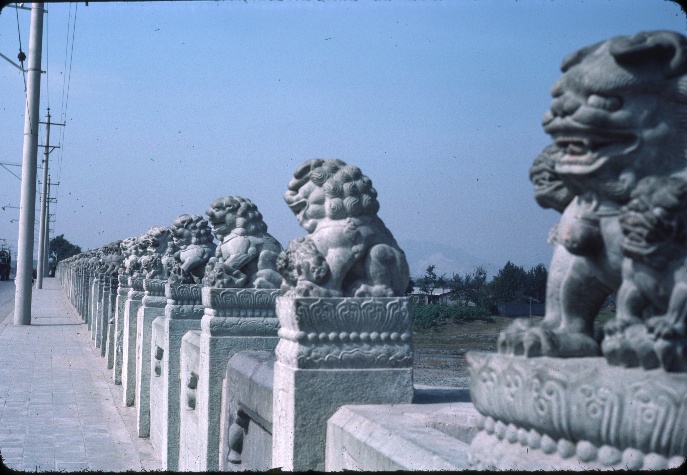 |
_ds190816170520.jpg
 |
_ds190816170626.jpg
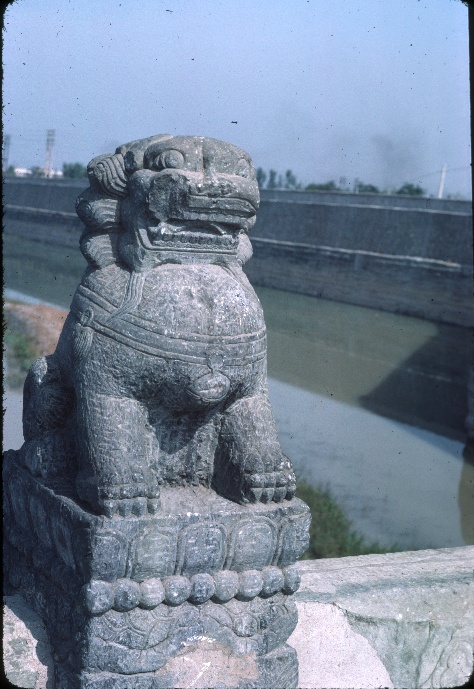 |
_ds190816170731.jpg
 |
_ds190816170950.jpg
 |
_ds190816171048.jpg
 |
_ds190816171146.jpg
 |
_ds190816171240.jpg
 |
|
|
4. Summer Palace Imperial Garden
Originally built as a summer palace and garden in 1153, it went through many enlagements and lakes added over many emperors and dynasties. It was completed in 1764 during the Qing dynasty. However, as it was never a permanent residence, it became neglected and was demolished by Eight-Nation Allience in 1860. Between 1884-95, it is said that then Empress Dowager Cixi ordered the funds originally designated to upgrade Qing Navy to be used for reconstruction of the Summer Palace to celebrate her 60th birthday. After Qing Dynasty had fallen, Beijing municipal government took charge and opened it to the public. In 1998, it was designated World Heritage Site by UNESCO. the Garden is located about 10 miles from Beijing. It consists of many lakes, the largest being Kunming Lake, and many palace buildings.
|
_ds190818142634.jpg
 |
_ds190818142729.jpg
 |
_ds190818142823.jpg
Kunming Lake and the Seventeen-Arch Bridge.
 |
_ds190818142934.jpg
Tower of Buddhist Incense and Longevity Hill.
 |
_ds190818143205.jpg
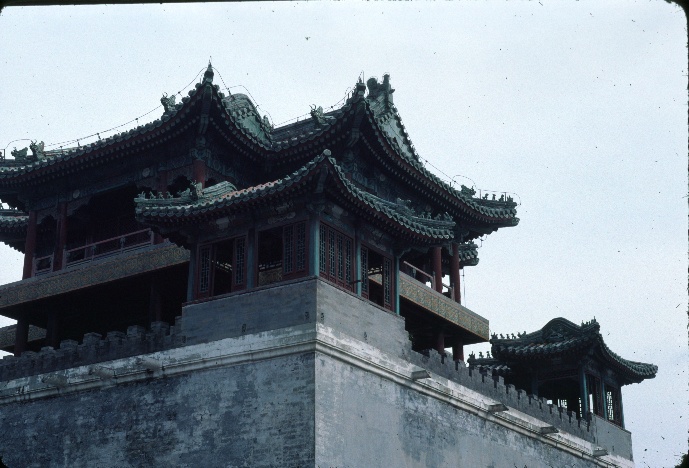 |
_ds190818143258.jpg
It is very popular as a recreation spot for the citizens.
 |
_ds190818143352.jpg
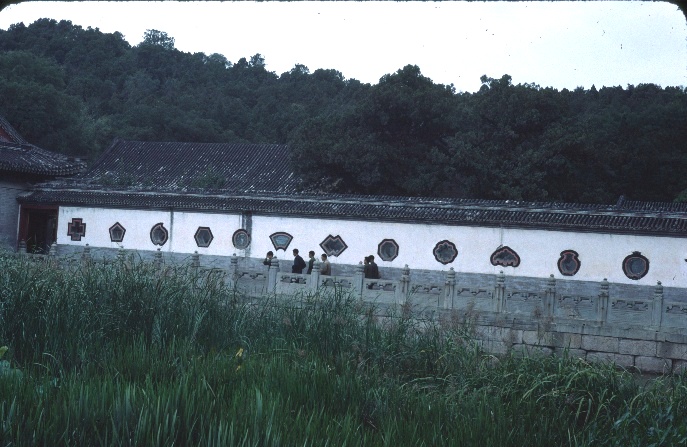 |
_ds190818143445.jpg
 |
_ds190818143656.jpg
 |
_ds190818143750.jpg
Tower of Buddhist Incense
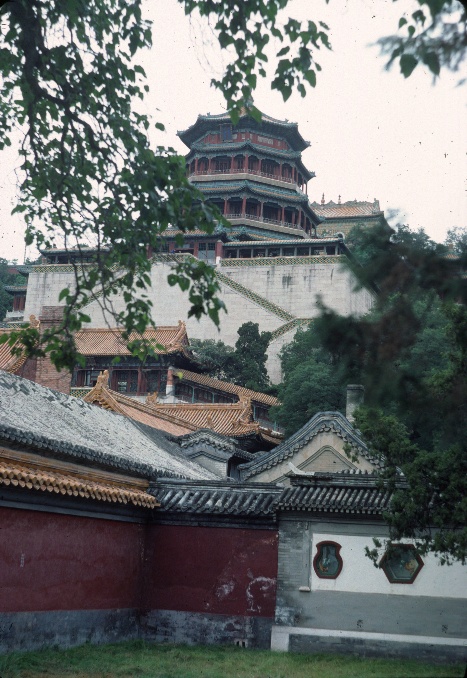 |
_ds190818143844.jpg
 |
_ds190818143939.jpg
 |
_ds190818144158.jpg
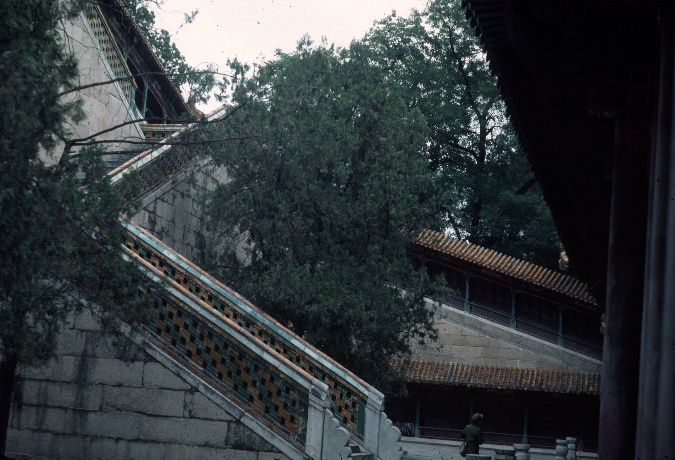 |
_ds190818144251.jpg
The Marble Boat. It is said that it was built in token of the fund appropriated from the Qing Navy.
 |
_ds190818144345.jpg
 |
_ds190818144438.jpg
Xiuyi Bridge
 |
_ds190818144703.jpg
 |
_ds190818144804.jpg
Pagoda of Tianning Temple, Beijing
 |
|
|
5. The Great Wall of China
The Great Wall of China was started by some lords during the Warring States period to protect thier borders. In second century B.C., the first emperor conquered and established Qin Dynasty. He connected some of the walls and began seriously building more elaborate walls. Since then, many emperors over many dynasties built the walls over 19 centuries but it was in Ming Dynasty in 14th century that the wall became more of a fortification with stronger structure and watchtowers added to keep the Mongols out. It is the longest building on earth with the totall length of over 13,000 miles in various stages of repair and some of it in ruins. What we see today was built in Ming periiod and was desgnated UNESCO's World Heritage Site in 1987. Great Wall of Badaling is about 50 miles from Beijing and is the most accessible to tourists.
|
_ds190818144900.jpg
 |
_ds190818144954.jpg
 |
_ds190818145849.jpg
 |
_ds190818145947.jpg
 |
_ds190818150041.jpg
 |
_ds190818150346.jpg
 |
_ds190818150439.jpg
 |
_ds190818150533.jpg
 |
_ds190818150627.jpg
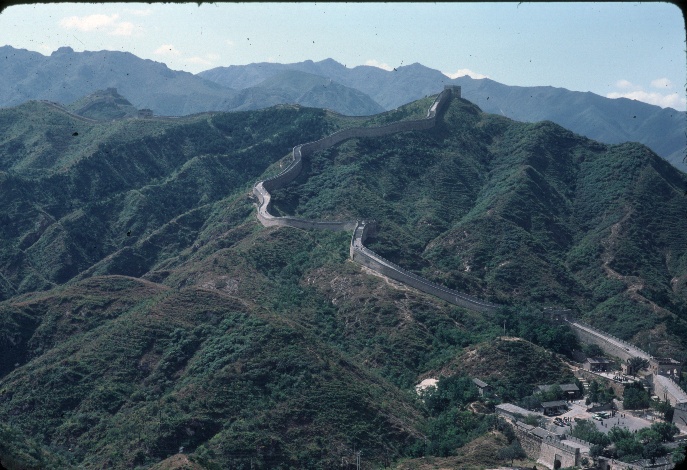 |
_ds190818150851.jpg
 |
_ds190818150946.jpg
 |
_ds190818151040.jpg
 |
_ds190818151135.jpg
 |
_ds190818151453.jpg
 |
_ds190818151555.jpg
 |
_ds190818151650.jpg
 |
_ds190818151745.jpg
 |
_ds190818152042.jpg
 |
_ds190818152135.jpg
 |
_ds190818152231.jpg
 |
_ds190818152324.jpg
 |
_ds190818152648.jpg
 |
_ds190818152802.jpg
A farm house next to the wall.
 |
_ds190818152857.jpg
The wall is a good place to dry corn
 |
|
|
6. Imperial Tombs of Ming
Located 26 miles from Beijing, are the Thirteen Tombs of Ming dynasty. After the construction of the Imperial Palace (Forbidden City) in 1420, the Yongle Emperor selected his own burial site and created his own mausoleum. Other emperors followed. Along with the later Qing dynasty tombs, they were designated UNESCO World Heritage site in 2003.
|
_ds190818153223.jpg
 |
_ds190818153318.jpg
 |
_ds190818153412.jpg
 |
_ds190818153737.jpg
Some treasures found in the tombs
 |
_ds190818153507.jpg
 |
_ds190818153932.jpg
The paths are lined with statues of Ming officials and elephants.
 |
_ds190818154026.jpg
 |
_ds190818154119.jpg
 |
_ds190818152952.jpg
 |
_ds190818154509.jpg
 |
_ds190818154611.jpg
 |
_ds190818154707.jpg
 |
_ds190818154805.jpg
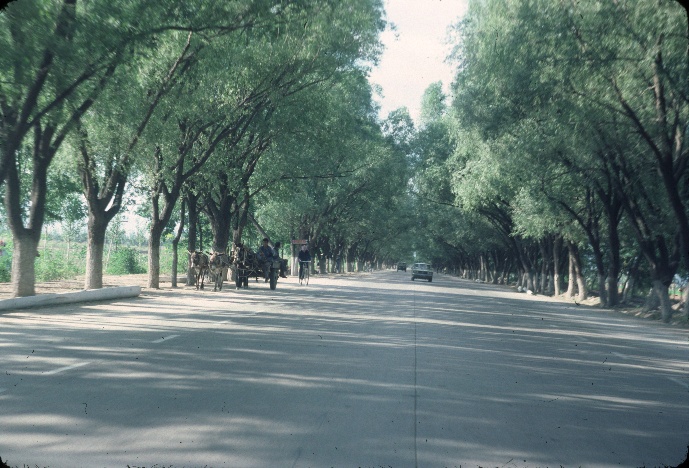 |
_ds190818155008.jpg
 |
|
|
|
|































































































































































































